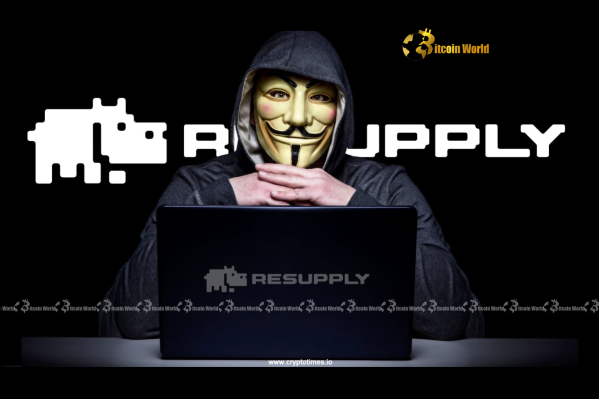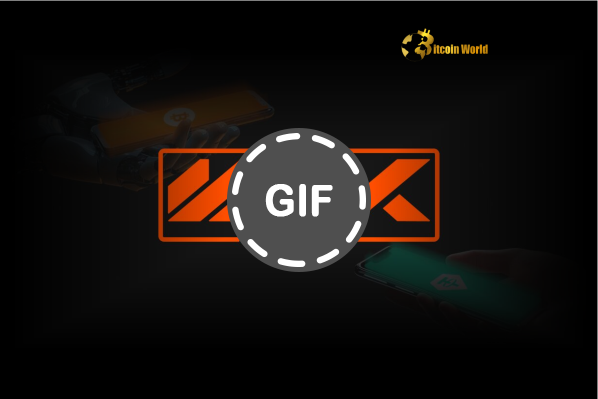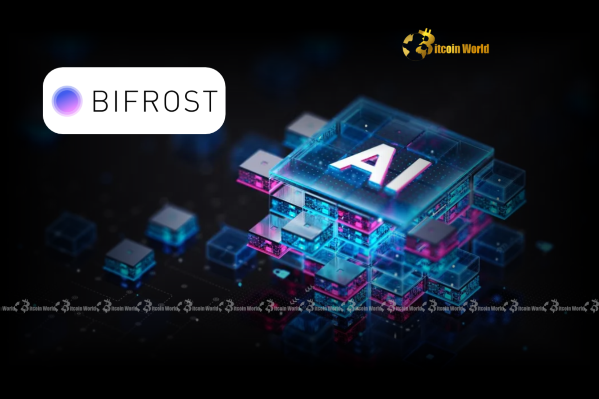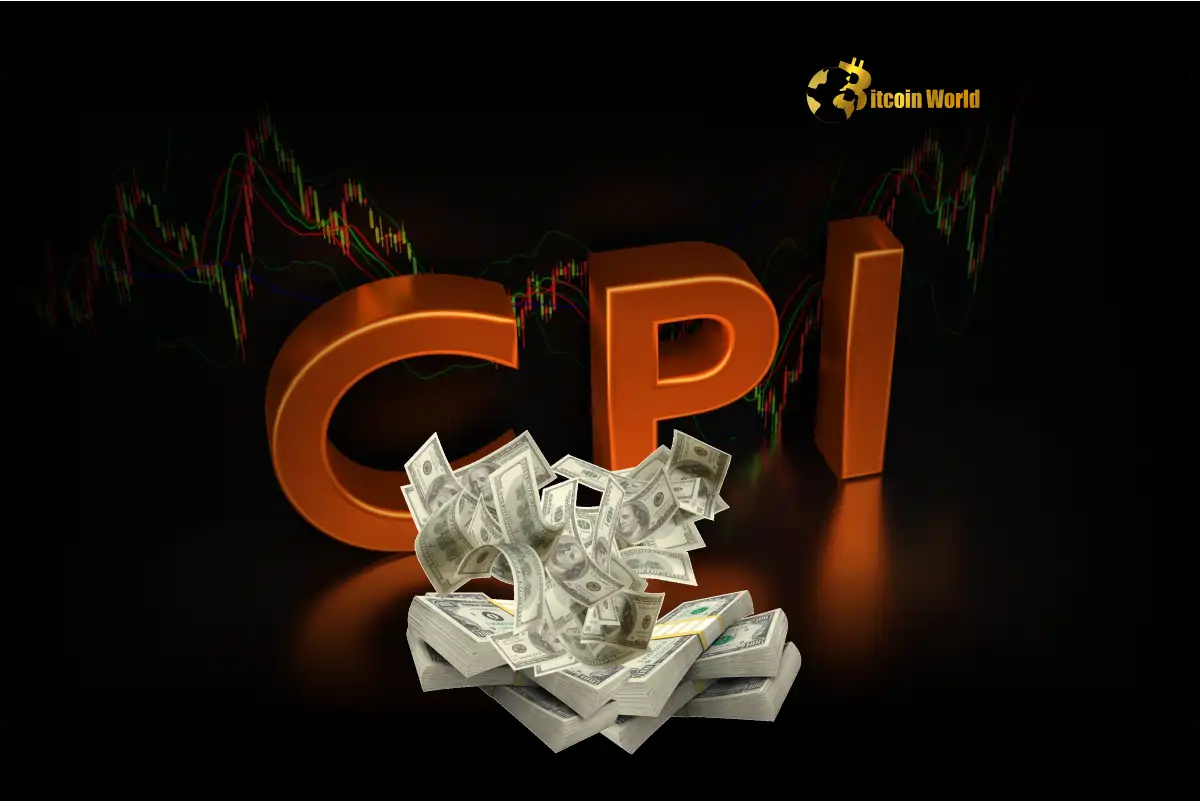BitcoinWorld
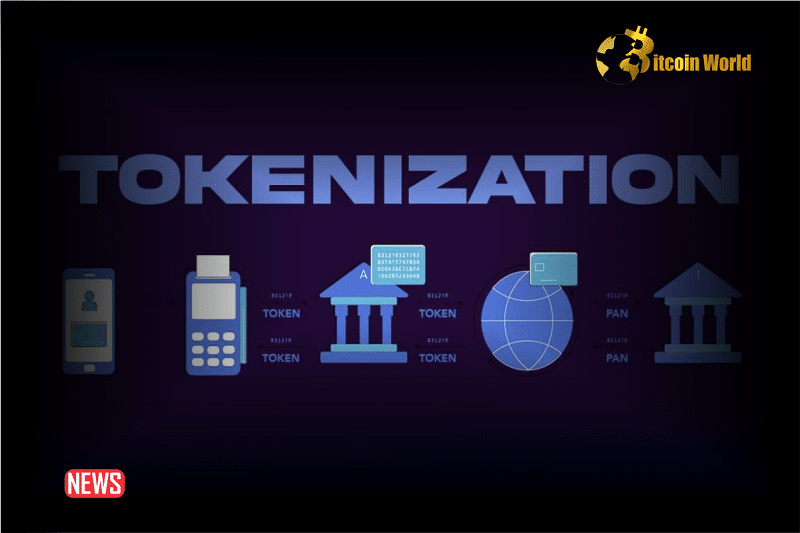
From Traditional Assets to Tokenized Investments
Traditional Investing Was Built for the Few
Property. Fine art. Commodities. These are all assets that hold real value. But for most people, they’ve always felt out of reach.
To invest in them, you often needed deep pockets or industry connections. Add in legal hoops, high fees, and slow settlement times, and the process becomes more of a headache than an opportunity.
That’s the old way of doing things. Tokenization is starting to change all of it.
What Tokenization Actually Means
Tokenization is a way of breaking up an asset into smaller digital pieces. Each piece is a token stored on the blockchain. These tokens represent a slice of ownership. They can be bought, sold, or traded like other digital assets.
Think of it like this: instead of buying an entire building, you could own one percent of it. Your share is recorded and tracked through a digital token. The technology behind this is blockchain. It keeps a permanent record of transactions and makes it easier to share information.
The result? More people can get involved. And the process becomes faster and cheaper.
Why Tokenized Assets Are Catching On
There are a few clear reasons why tokenization is gaining interest:
- Smaller entry point: Investors no longer need to put up large sums to access high-value assets.
- More choice: You can invest across a range of asset types that were once reserved for institutions.
- Easier to trade: In many cases, tokens can be traded on digital platforms, offering more flexibility.
- Clear records: Ownership and history are stored in real time and can be verified instantly.
That said, this isn’t a shortcut to quick riches. Like any investment, it comes with risk. But it’s opening new doors.
A Real Example – Tokenized Forestry Projects
Let’s look at how this works in practice. Hundredfold Investment is using tokenization to open access to sustainable forestry. They’ve launched the GB3B Forest Security Token. It gives people the chance to own a portion of a forestry project in Liberia.
This isn’t just a digital concept. These are real trees in a real forest. As the forest is responsibly managed and harvested, token holders receive a share of the returns. It’s an investment tied to natural resources—made available through blockchain.
Hundredfold isn’t alone in doing this, but they offer a clear use case of how digital assets can connect to physical land.
What’s Holding Tokenization Back?
This space is growing, but it still faces hurdles.
One of the biggest is regulation. Rules vary by region and in many places, they’re still being written. Then there’s the issue of trust. Some people still don’t feel confident about digital assets. The worry about scams, price swings, or technical errors.
Another factor is the learning curve. Not everyone understands how tokenized assets work and that slows down adoption.
And finally, there’s infrastructure. While more platforms are supporting tokenized assets, it’s still early days.
Looking Ahead
Tokenized investments are becoming more common. Real estate, fine art, and now forestry are just the beginning. As rules get clearer and technology improves, expect this space to expand further. Investors will have more options. Barriers will continue to drop. And more people will get the chance to take part in markets that once left them out.
The shift from traditional to tokenized is already happening. Not loudly. Not overnight. But bit by bit, the system is changing.
This post From Traditional Assets to Tokenized Investments first appeared on BitcoinWorld and is written by Keshav Aggarwal


